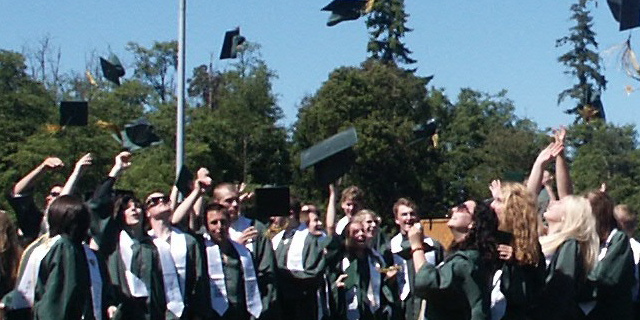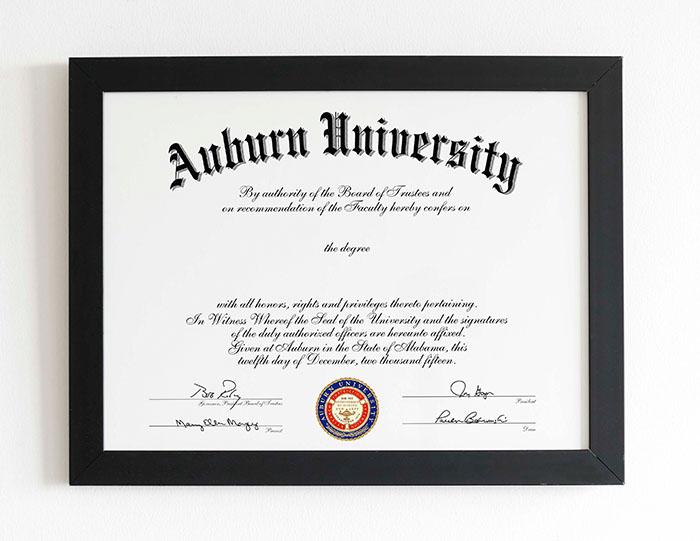

Detecting Fake Diplomas: A Guide
In today's digital age, the proliferation of fake diplomas has become a significant issue for employers and educational institutions alike. With the ease of obtaining counterfeit qualifications online, discerning the authenticity of academic credentials is more challenging than ever. This guide aims to shed light on how to spot a fake diploma, ensuring that individuals and organizations can safeguard themselves against fraudulent claims.
One of the first steps in identifying a fake diploma is through meticulous visual inspection. Genuine diplomas have specific characteristics that are difficult to replicate precisely, including: Paper Quality and Watermarks: Authentic diplomas are printed on high-quality paper with distinctive watermarks. These marks are usually visible when the document is held up to the light. Intricate Embossing and Seals: Real diplomas often feature embossed seals or metallic foils that are challenging for counterfeiters to duplicate accurately. Correct Formatting and Spelling: Pay attention to the layout, font types, and sizes. Official documents are free from spelling and grammatical errors, which can be telltale signs of a forgery.
Digital Verification Techniques
Advancements in technology have introduced new methods for verifying the authenticity of diplomas: Online Databases and Verification Services: Many educational institutions maintain online databases where degrees can be verified. Additionally, third-party verification services can cross-check the information provided against official records. Digital Signatures and QR Codes: Some diplomas now include digital signatures or QR codes that link to a secure online record of the graduate's achievements.
When in doubt, direct inquiry to the issuing institution remains one of the most reliable methods of verification: Contact the Institution Directly: Institutions can confirm the validity of a diploma if provided with consent from the individual. This step can also reveal if the diploma was indeed issued and whether it corresponds with the records on file. Use of External Verification Agencies: For organizations that frequently encounter academic credentials from various institutions, employing a professional verification agency can streamline the process. These agencies are equipped to conduct thorough checks efficiently. The fight against fake diplomas requires vigilance and a multifaceted approach. By employing a combination of visual inspections, leveraging digital verification tools, and conducting direct institutional inquiries, it is possible to mitigate the risks associated with fraudulent academic claims. As counterfeiters become more sophisticated, staying informed about the latest verification techniques is crucial for maintaining the integrity of academic and professional standards.

